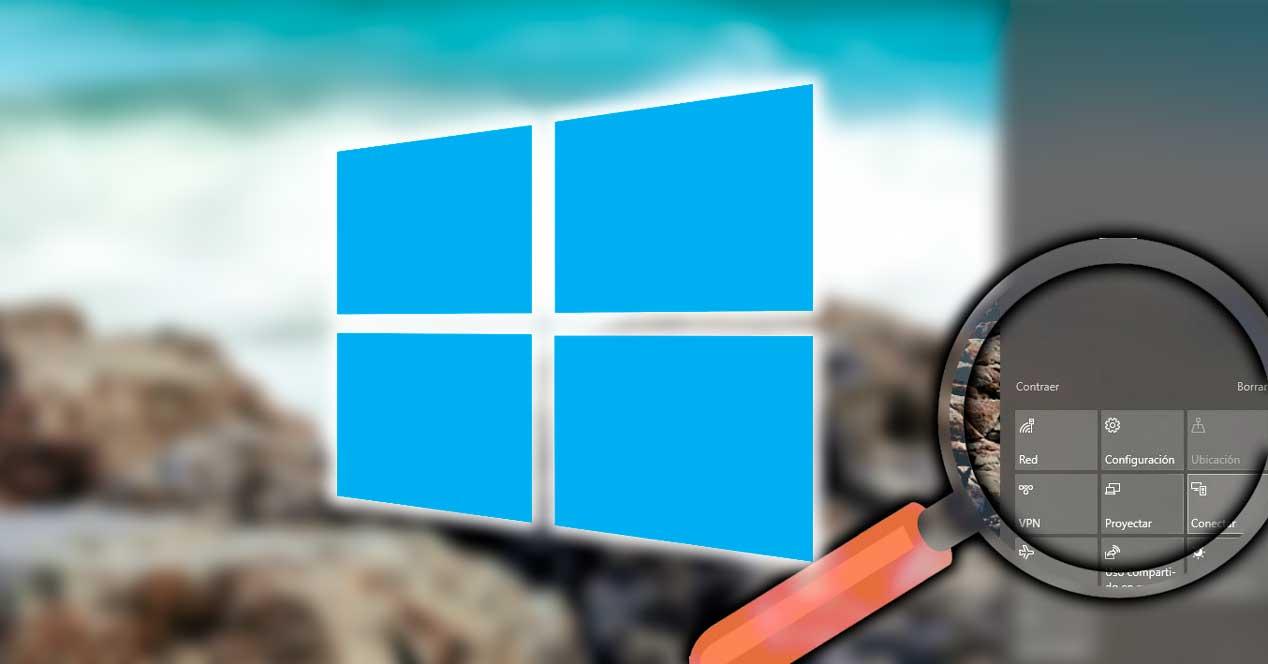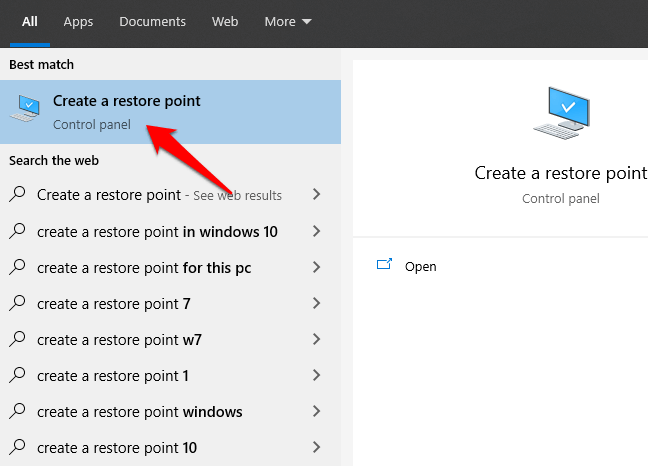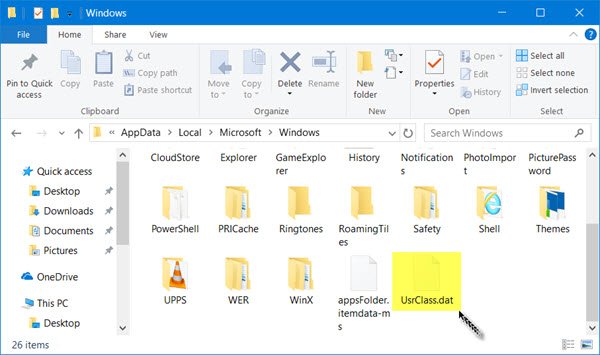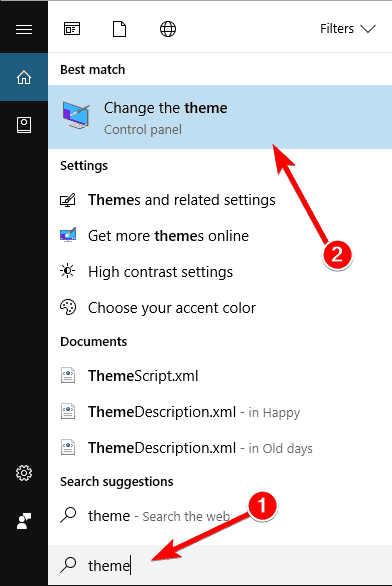

When you’re ready to restore, click on the restore point you want to use and then click Next. Select Show more restore points if you don’t see the restore point you created or that were created before the Action Center failure.Ĭlick on the restore point you created and then click Scan for affected programs to see what programs will be affected before you start the restoration process.


Right-click Start > Run and type localappdata%\Microsoft\Windows.However, you can rename the usrclass.dat file, and restart your computer to restore it, and then rename the file so that all things including the Action Center will work as default. If you delete the UsrClass file from the system, some things like the search and desktop options, Start menu, sound button, and calendar won’t work. Plus, the usrclass.dat file stores remote and local folders, ZIP files, virtual folders, and Windows special folders. The ShellBag consists of registry keys (with regards to Windows Explorer) that contain details about a folder such as the size, icon, and position, to help identify user activity. DAT file that stores the ShellBag information for the desktop. Restart your PC and check if the Action Center appears and that you can open it. In the Registry Editor, go to this path: HKEY _ CURRENT _ USER\SOFTWARE\Policies\Microsoft\Windows\Explorer and modify the disable notifications value from 1 to 0.

The reference for all the strings and what they do is on the link below. Might not need all of these tasks run, like I am personally omitting the software update tasks (windows update), because i think that might save time. They correspond to the actions in the system center control panel. I have added it to my post imaging script and it seems to get sccm to start downloading software almost immediately. I didn't see this documented anywhere really. I was able to do this via script, might help.


 0 kommentar(er)
0 kommentar(er)
